Rare beautiful flowers for the garden: annuals and perennials
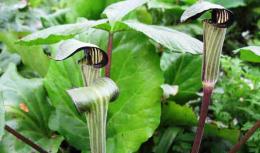
Who among the owners of a plot of land has not dreamed of giving it a cozy, beautiful and unique look. This can be done by planting rare beautiful flowers.
Owning a rare type of plant already fills the soul of the owner with pride, and if this rarity has a beautiful appearance, then it also arouses the admiration of neighbors. Although the concept of beauty is a matter of taste, we will try to figure out which annual and perennial flowers fall under the definition of rare and beautiful.
Content:
- Beautiful and rare perennials for the garden
- Rare and beautiful annuals for the garden
- Rare plants for ponds and damp places
Beautiful and rare perennials for the garden
Perennial flowers are good because after planting they can grow in one place for quite a long period. They do not require annual planting or replanting. Let's try to find out which perennials, having beautiful leaves and flowers, are still quite rare in gardens. The following species are rarely found in gardens:
- Arizema
- real shoe
- belamkanda chinese
- laverta
- lysichiton
- lacfiol
The genus of plants Arizema from the Araceae family has about 150 species. Four species can be found on Russian territory. The most common are Amur Arizema and Japanese Arizema. All plants of the genus have the same flower structure. The inflorescence itself looks like an ear, wrapped in a blanket on top. The bedspread is most often flowing at the top. Sometimes its tip is pointed.
It may end in a thread-like formation. The color of the bedspread can be from green, white, white with crimson stripes, purple with white stripes. It should be said that once inside the bedspread, insects cannot find a way out of it.
The presence of light stripes gives them a feeling of light and escape from the trap. Thus, in search of a way out, insects spend quite a lot of time inside the flower, which improves pollination. The inflorescence has female and male zones.
However, during their life, plants may contain only male or only female flowers. As a rule, young plants in inflorescences have male flowers, while more mature ones have female or bisexual flowers. After flowering, which begins at the end of May and lasts 15 - 20 days, round fruits are set. When they ripen at the end of August, the plant becomes even more decorative, since its numerous round fruits have a red shiny shell.
Arizema leaves are three- or five-parted; they are also very decorative. The leaf blade can be either green or variegated, with white spots. Arizemas are most often used in rock gardens or group plantings. Arizema Amur, Japanese and some other species are frost-resistant and grow well in temperate climates. Arizema roots and tubers are used in folk medicine.
Rare and beautiful annuals for the garden
- Eccremocarpus rougha
- ageratum
- Clarkia
- catharanthus
- salpiglossis
Salpiglossis
This plant is so bright and unusual that, having seen it once, any gardener will be eager to grow it on his plot. Its second name is trumpet tongue and it belongs to the nightshade family. The flower is native to South America, so in a temperate climate grow like an annual.
Stems are straight, with slight branching, pubescent. The height, depending on the variety, can be from 0.4 m to 1 meter. The flowers are funnel-shaped, five-lobed. The diameter of the flowers is from 4 to 6 cm. The color of the petals is striking in its diversity. There are varieties and hybrids with yellow, red, purple and bicolor flowers. There are hybrid forms with red petals and a yellow throat.
The flower is propagated by seeds. In the southern regions it can be sown directly into the ground; in temperate climates it is grown through seedlings. In general, the plant is unpretentious; in order to prolong its flowering, you need to cut off old flowers in a timely manner. Eccremocarpus rough The second name of the plant is Eccremocarpus rough. The plant is suitable for vertical gardening.
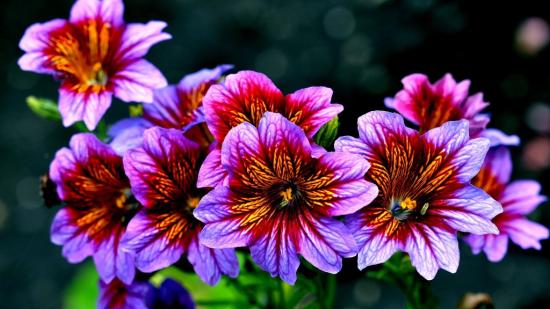
There are tendrils at the ends of the leaves, with the help of which the lichen climbs vertical walls. Can be grown in a perennial crop either as a container plant or with annual digging for the winter. In temperate climates it is grown as an annual crop. During the season, shoots grow up to 5 m.
From July until the onset of frost, bright, numerous orange or yellow-orange flowers, collected in brushes, bloom on the vine. The length of the racemes is up to 15 cm. The leaves of this species are also very decorative. They are feathery, light and delicate. The plant is ideal for vertically covering the most unseemly places on the site.
Can also be used on gratings and other structures to divide an area into zones. Since in recent years, installations have become popular in areas of various reservoirs, these areas also need landscaping.
Rare plants for ponds and damp places
Video about which plants to choose for a pond:
The range of plants for landscaping ponds and wet places near them is quite wide, including some quite rare and attractive species.
- dactylorhiza
- meadowsweet
- lysichiton
- arrowhead
Dactylorhiza
This is one of the types of orchids that can be grow in temperate climates in damp places or near garden ponds. Due to the shape of the roots, the species received a second name - palmate root. The flowers are of a very interesting shape, about 2 cm in size, collected in inflorescences. The color is most often in lilac or purple tones. There are species with white and variegated flowers.
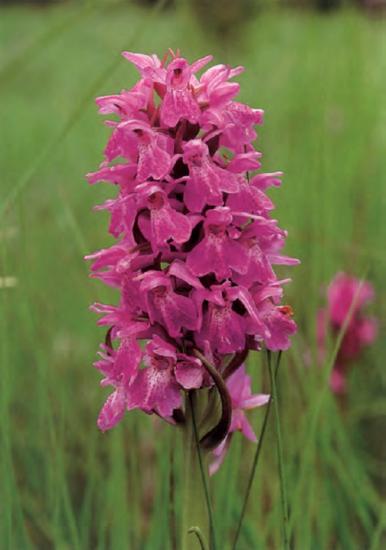
The leaves can also be of decorative interest, as many species have a variety of spots on them. When choosing rare and beautiful plants for the garden, you need to take into account that sometimes familiar species in one region are very rare in another.

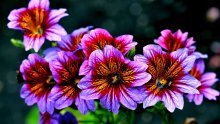
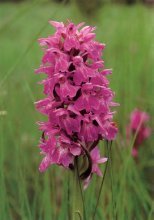
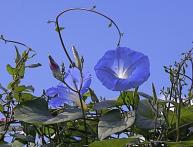
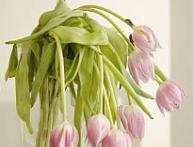
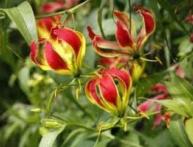
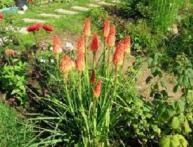

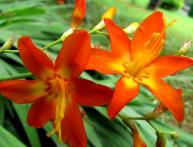
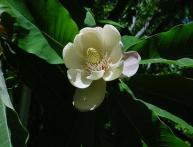
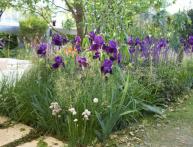
Comments
My mother used to be interested in rare types of garden flowers, she had a passion for it. But, in my opinion, she didn’t even know their names. Even more so, because I was little, I just admired and smelled them. )